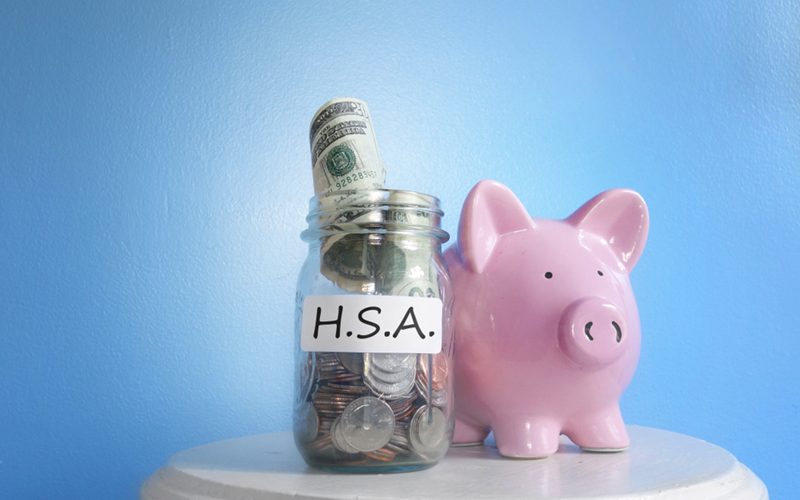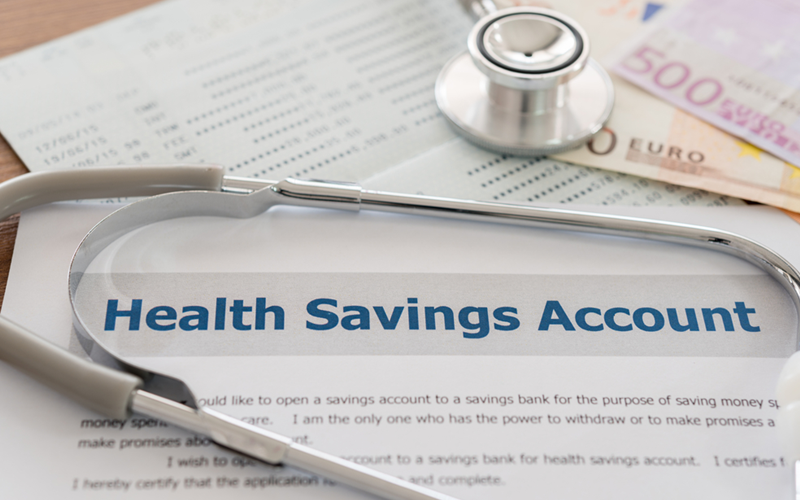Life is full of unanticipated twists and turns. In fact, the unexpected is what makes life worth living—except when it comes to emergency medical expenses.
You can’t see it coming, but at the very least, you can prepare for it financially.
A Health Savings Account (HSA) is one significant way to save money on all of the life-saving treatments you may one day need. But how do you maximize the value of your HSA for when that day finally comes?
Make the Maximum Contribution Each Year
Each Health Savings Account will have a maximum annual contribution amount. As of 2020, they’ve gone up slightly from the year before:
- Accountholders who currently carry individual insurance coverage can contribute a maximum amount of $3,550 each year.
- Those with shared family insurance coverage have a higher maximum limit of $7,100.
To get the most out of your HSA, you’ll want to max out this contribution. If you haven’t reached this upper limit by the end of the year, you can always cash in (no pun intended) using these HSA rules:
- The “last month rule” allows you to provide the remainder of the yearly amount on the first day of the last month of your eligible period (for most, this is December 1st).
- You can also pay until Tax Day of the following year. The holiday season is often a financially tough time for many, so you can still stock up on Christmas gifts for the family and make your maximum contribution—as long as you do it by April of the next year!
- Bonus: Anyone over the age of 55 can make an additional “catch-up contribution” of up to $1,000 per year!

File for Tax Deductions & Avoid Penalties
To get the most out of your HSA, you’ll have to file a Form 8889 when tax season eventually rolls around. This important document helps you in a few key ways:
- You’ll ensure your contributions are tax-exempt up to $3,550 for individuals and $7,100 for families.
- You’ll avoid penalties for neglecting to properly file.
- You’ll be able to make certain deductions that will help you long-term.
Save Your HSA For A (Really) Rainy Day
Like any good investment, your HSA will grow with every passing year. The more money you have in there, the more you’ll eventually end up with.
It can be tempting to withdraw funds for a minor procedure or small hospital bill. Of course, if you need to dip into your HSA to pay an emergency expense, then you absolutely should—that is, after all, exactly what it’s for. But if you have the ability to pay out-of-pocket, it’ll only benefit you down the line to keep as much money tucked away in your HSA as possible (even if it means a few less take-out dinners and movie theatre date nights over the next several months).
Invest Your HSA Funds
Once your HSA reaches a minimum threshold—$2,100, for many accountholders—you may have the option to invest some or all of your funds. Not all HSAs allow you to do so, but those that do offer several financial benefits:
- You’ll grow your savings even more. The more that accumulates in your HSA, the less you have to worry about potential accidents and treatments.
- Your gains are tax-free, meaning you pay zero dollars on any returns on your investments—essentially, free money in the bank.
By investing your money properly, you’ll get even more out of your Health Savings Account.
Max Out to Cash In
Like any savings account, financial trust, or investment opportunity, your HSA will grow over time. You’ll reap the benefits in full as long as you continue to make maximum contributions, properly claim your deductibles, and enact sound financial decisions.
The more you put in, the more you get out—literally.
Image Credits: istockphoto.com
Latest posts by Nirupama Verma (see all)
- What is Corporate Gifting and Why is It Important? - November 8, 2023
- Top 5 Benefits of Synthetic Liquids That You Did Not Know - December 24, 2022
- Pin up Review - September 23, 2022





One thought on “How to Maximize the Value of Your Health Savings Account”